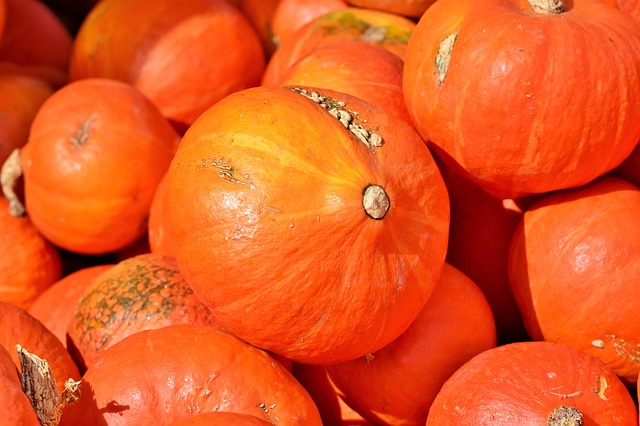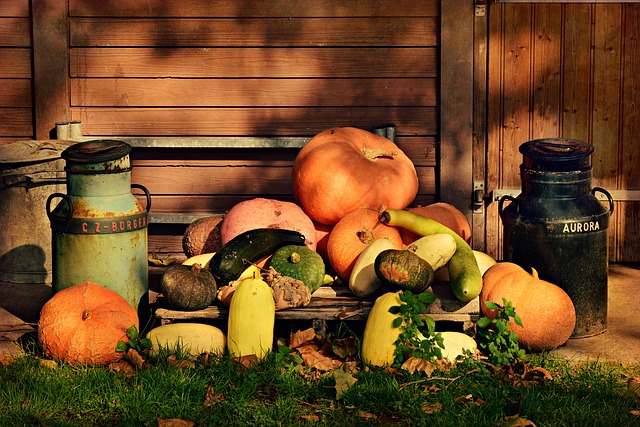Do Pumpkins Need Full Sun? Know the Sunlight Requirement for Growing Pumpkins

To reach their maximum growth potential, pumpkins typically require full sun. Pumpkins require more than just direct sunlight, however. To ensure these plants bloom and grow to their full potential, you must provide them with ample sunlight and heat.
If your pumpkins are grown in a partially shaded environment, their growth may be stunted because their leaves will lack the necessary nutrients to produce carbohydrates.
Even though your pumpkin will continue to produce fruit, it will increase the time it takes to mature the fruit. For this reason, planting your pumpkin in the shade is not always the best idea.
While they may also thrive in partially shady environments, their growth potential will be significantly reduced. You need to make sure that the pumpkin plant gets plenty of sunlight and that it isn’t shaded by anything else to achieve its full growth potential.
Your plant’s growth will be stimulated as a result of this, and it will develop more quickly. Keep in mind that your pumpkin won’t grow as large or as quickly as you’d like it to if you plant it in a location that gets a lot of shade from larger trees or nearby buildings.
It is extremely important to make sure the plant receives the appropriate amount of sunlight. In the following paragraph, we will go into further depth on this topic.
Table of Contents
How Many Hours of Sunlight Are Necessary for Pumpkins?
If you want your pumpkin plants to reach their full potential, you must ensure that they receive at least 6 to 9 hours of direct sunlight per day. Investigate your entire garden to see if there is an area that receives the necessary sunlight. As soon as you have the lighting situation figured out, all that remains is to provide adequate water and fertilizer of the appropriate type and quantity.
In most cases, the pumpkin vines are the ones to bask in the sunlight for the entirety of each day. Therefore, the vines will frequently have a spindly appearance if they do not receive the optimal amount of sunlight. In addition to this, you won’t come across many flowers and even less foliage than that.
Take Advantage of As Much Sunlight As Possible
If you are an experienced gardener, you have a wide variety of other plants growing in your yard. However, when caring for the pumpkin plant, you should make sure that it does not have to compete with other plants for sunlight. As was mentioned earlier, the vines of these plants require sunlight, and they also require a significant amount of space to grow and spread out.
Even though this varies depending on the type of pumpkin, you will still need an area on average between 500 and 2500 square feet in size. When ready to plant the seeds, check that the soil is damp, completely fertile, and has adequate drainage. It should also have neutral properties and a slightly acidic pH level.
If the Sun Shines a Lot, the More Pumpkins
There is no such thing as too much sunshine when growing pumpkins. From their earliest sprouts to their fully-ripened fruits, Pumpkins will take advantage of as much sunlight as you can give them. Other plants may succumb to the heat and sun, but pumpkins thrive.
Providing your pumpkin plants with a hot, sunny spot in your garden is a good idea as long as you also provide enough water to keep the soil moist throughout the growing season.
What Does It Mean When It’s Full Sun?
Pumpkins grow best in full sun, but they also do well in some shade. Read the instructions for growing on the back for more details. Full sun means that the pumpkins need to be in the sun as much as possible for as long as possible for the best growth. If you pick a spot shaded by buildings, trees, or other things, they won’t grow as well as they could.

